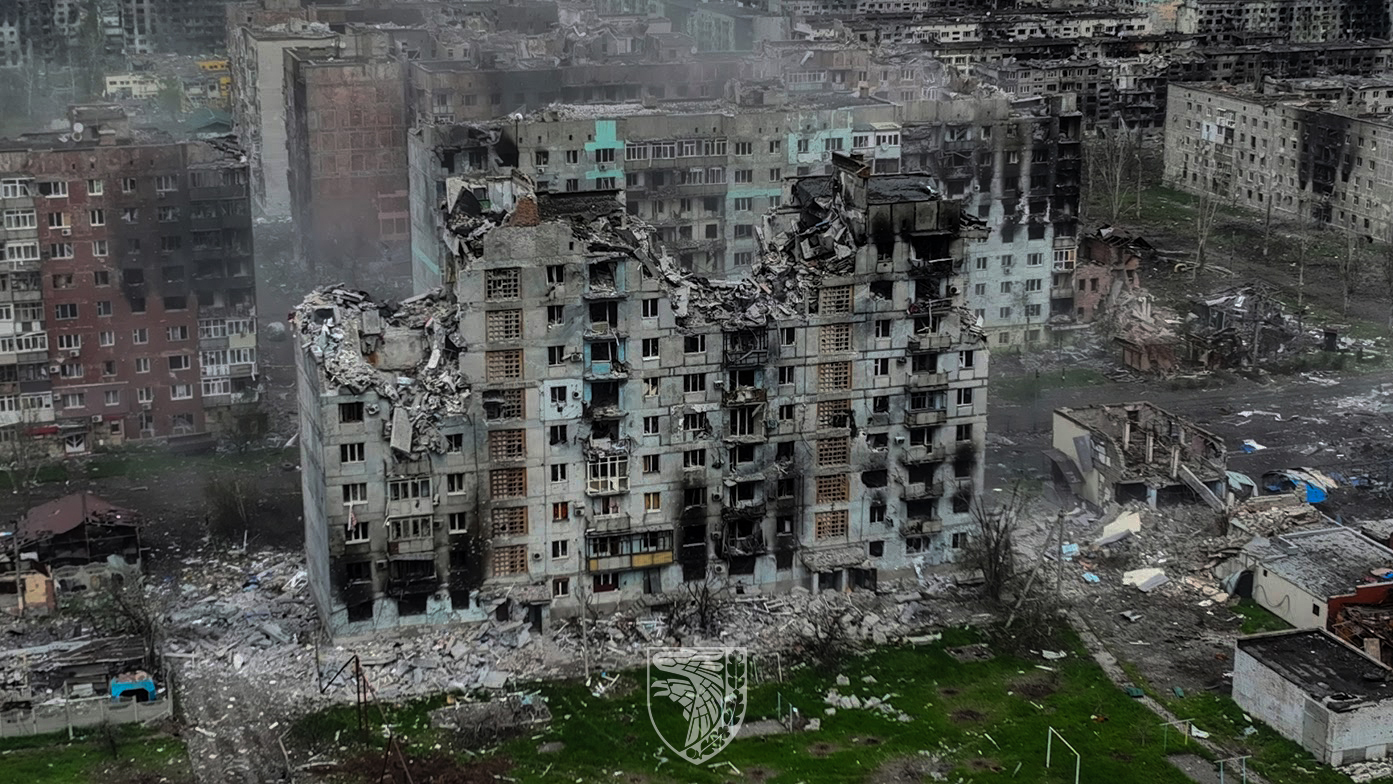Russia’s aviation industry continues to rely on components produced at the Fiolent plant in Ukraine's Crimea, occupied by Russia since 2014, according to a new report by the Trap Aggressor project of the analytical center StateWatch. The investigation says that while the United States sanctioned the plant over ten years ago, the European Union, the United Kingdom, and other G7 nations continue to ignore its activities.
Crimea’s Fiolent plant keeps Moscow’s jets flying
The report found that the Fiolent plant in occupied Sevastopol supplies key components for Russia’s regional airliner Sukhoi Superjet SJ-100, including rotary transformers, generators, motors, and precision electric machines such as sensors, inductor-based and rotary components used in power and control systems.
These parts are also used in other Russian aircraft such as the Tupolev Tu-214, the Yakovlev MC-21, and the updated Sukhoi Superjet New (SJ-New) passenger jets. Fiolent itself publicly stated that it manufactures components for the Tu-214, according to open-source Russian announcements cited in the report. The Tu-214 also has military variants.
Russia’s “import substitution” is mostly fake
Trap Aggressor states that Russia’s so-called “import substitution” in aviation is declarative. After PowerJet—a French-Russian joint venture—halted deliveries of its SaM146 engines in 2022, Russia was left without certified components and turned to producers like Fiolent. However, the parts they supply are not internationally certified.

Italian firms shipped $2.3M in equipment to Russia via Turkey and Kazakhstan amid sanctions
Trap Aggressor highlights that the absence of certification poses serious safety risks. European Union Aviation Safety Agency (EASA) standards require thorough verification of safety, emissions, noise, vibration, and reliability before issuing a type certificate. Without such oversight, aircraft may not be eligible for international operation and may even pose risks on domestic flights, where safety is certified only by the producing state. Russia’s unverified replacements may not meet these criteria.
Russia revives old factories to replace Western parts
After Western partners withdrew, Russia was forced to “import itself,” as Trap Aggressor puts it. To continue aircraft production, Russia turned to domestic producers—including those in occupied. Sevastopol's Fiolent became central to this plan.
The plant’s production line now delivers precision transformers and motors for use in Russia’s main civil and dual-use aircraft.

Sanctions fail to hit 200 companies feeding Kremlin’s fake reconstruction system in occupied territories of Ukraine
Western inaction enables a sanctioned industry
More than a decade after the first US sanctions, Fiolent continues to operate openly, shipping its products inside Russia. The Trap Aggressor report concludes that Western inaction allows Moscow to sustain an essential part of its aviation industry from occupied territory.
While Russia celebrates “technological sovereignty,” Trap Aggressor notes that the country’s jets now depend on uncertified, potentially dangerous components made on seized Ukrainian soil.
Sanctions that never fully arrived
The United States placed Fiolent under sanctions in August 2014 after Russia's occupation of Crimea. However, the report says that no similar restrictions were imposed by the EU, the UK, Switzerland, Japan, Australia, or New Zealand.
"The plant’s director, Aleksandr Sergeyevich Batalin, is also not on any sanctions lists. Neither the US nor the EU, nor anyone else, considers him worth targeting. For now," Trap Aggressor says.
Read also
-
EU finally approves 19th Russian sanctions package, banning Russian LNG and more shadow fleet vessels
-
Trump finally acts after months of hesitation — Russia’s Rosneft and Lukoil now sanctioned
-
Ukraine aligns new sanctions with Japan, targeting Russian military suppliers in China, Türkiye, Kazakhstan


